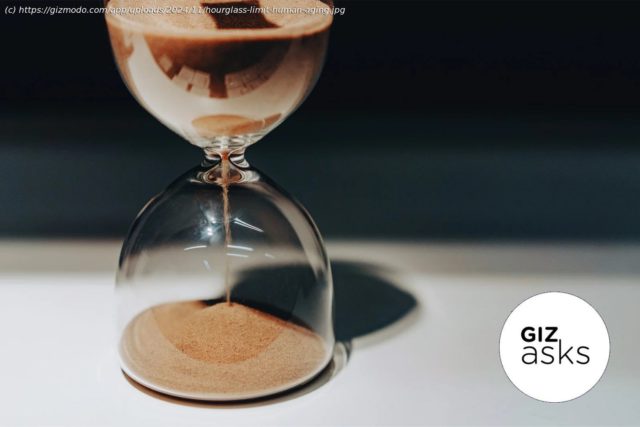Humanity’s once-steady rise in life expectancy is now slowing down, raising the question of whether we’re about to reach the ceiling of our longevity.
It’s a inevitable fact of life: Everyone dies. But thanks largely to major medical advances, improved sanitation, and better environmental protections, our collective life expectancy has steadily risen year after year starting in the 19th century (outside of a few pandemics). More recent data, however, has suggested that this gravy train is grinding to a crawl.
A study published this past October in Nature Aging, for instance, found that, while life expectancy in countries like the U.S. and other high-income nations has continued to grow, the rate of increase has substantially slowed down over the past thirty years. Moreover, the odds of someone reaching the age of 100 these days remain very low; in the U.S., only 3.1% of women and 1.3% of men born in 2019 are expected to become a centenarian. In light of the findings, the researchers behind the study argue that humanity has started to brush up against the barriers of our natural mortality, and that our current approach to treating age-related diseases like cancer will likely only provide diminishing returns and incremental boosts in longevity moving forward.
Not everyone is quite so pessimistic about the future of aging, though. For this Giz Asks, we asked several experts whether the average person might one day reach 100—and, more generally, if there’s a hard limit to human longevity and how we might break through it.S. Jay Olshansky
Professor of epidemiology and biostatistics at the University of Illinois at Chicago’s School of Public Health; longevity researcher; and lead author of the Nature Aging paper.
Well, forever is a very long time, so I can’t answer this using an indefinite time frame. What I can say with confidence is that a life expectancy at birth of 100 cannot happen in this century for any national population. In fact, it’s unlikely for most people alive today. Why am I so confident in this answer?
The demographic metric of life expectancy is based on death rates at all ages. The first revolution in longevity occurred because public health saved the young from dying from communicable diseases. Life expectancy experienced a meteoric rise in the 20th century because decades of life were added to the lives of children, but this source of improvement can only happen once for a population—and it’s already been accomplished. Those saved from dying early now have the privilege of living a long life, and humanity should be grateful for the gift of long life afforded to us. But now the currently immutable force of biological aging gets in the way. As long as the aging process is immutable, and larger segments of each birth cohort are exposed to this immutable force of mortality, gains in life expectancy must decelerate. Our latest paper documents the fact that this phenomenon has been happening for the last three decades—so the evidence is not speculative, it’s definitive.
The real question here is what might the future bring? Let’s get one issue addressed immediately. Is it possible that treating diseases as we do now—one at a time as if independent of each other—will allow for a life expectancy at birth of 100? The answer is a definitive no! We demonstrated in 1990 that the virtual elimination of all major fatal diseases will not make humanity immortal—it won’t even lead to a life expectancy that reaches 100. Human longevity is driven by competing risks at advanced ages, so like a game of whack-a-mole, reduce one disease, and two more pop up shortly thereafter.
What about the development of gerotherapeutics [the field focused on developing treatments to slow aging and extend healthy lifespan] that may slow aging? I’m personally excited at the prospect, but the problem here is that a life expectancy at birth of 100 requires that death rates from all causes, at all ages, decline by over 80% from levels present today. Reductions in death rates of this magnitude won’t happen instantly; it takes time to develop and test gerotherapeutics for safety and efficacy; there are serious concerns about inequity in the distribution of such interventions; and it is virtually impossible to empirically demonstrate in a short time window that any gerotherapeutic will yield radical changes in life expectancy.






